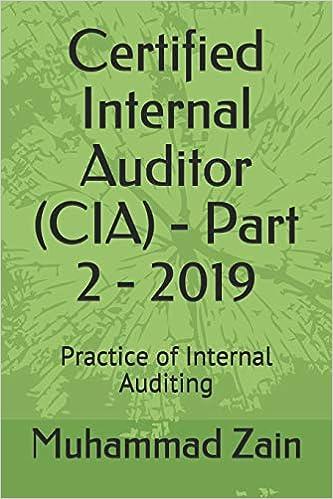Answered step by step
Verified Expert Solution
Question
1 Approved Answer
Turner Inc. is acquiring Spartan Systems. Spartan Systems has gross assets with a tax basis of $5 billion and has $1 billion of liabilities. Spartan's
Turner Inc. is acquiring Spartan Systems. Spartan Systems has gross assets with a tax basis of $5 billion and has $1 billion of liabilities. Spartan's identifiable assets, which include identifiable intangible assets other than goodwill, are estimated by Turner to have a fair market value of $9 billion and its liabilities a fair market value of $1 billion. Spartan has two primary classes of shareholders. The first consists of taxable investors, who own 15 million of Spartan Systems outstanding shares with an aggregate tax basis of $2 billion. For simplicity, assume these stockholders have all held their Spartan stock more than 12 months and all purchased the stock at the same price. The second class consists of various nontaxable entities, such as pension funds and certain foreign investors, who own the remaining 5 million shares of Spartan's outstanding shares and have an aggregate tax basis of $1 billion. Neither Turner nor Spartan Systems has any net operating loss carryovers, and both face a 21% tax rate. Assume any boot is taxable at long-term capital gains rates of 20%. Turner exchanges voting stock in itself for all of the outstanding stock of Spartan Systems' shareholders (a 368 "B" reorganization). Spartan becomes a wholly owned subsidiary of Turner. At the time of the exchange, the Turner stock given has a market value of $10 billion. What is the former Spartan shareholders' aggregate realized gain? What is their aggregate recognized gain? (Enter the realized gain in the top box, and enter the recognized gain in the bottom box.) Under the structure described in Question 8, what tax basis will Turner take in the stock of Spartan Systems it acquired? Under the structure described in Question 8, what tax basis will Spartan (and Turner through its ownership of Spartan) have in Spartan's net assets (i.e., assets less liabilities) following the acquisition? Assume instead Turner gives voting stock in itself of $7.5 billion and cash of $2.5 billion, and Spartan is merged under state law into a newly created, wholly owned acquisition subsidiary of Turner called Newco (a 368 triangular "A" reorganization). If the entire cash portion of the purchase price goes to the nontaxable investors, and the entire stock portion of the purchase price goes to the taxable investors, how much tax will Spartan shareholders pay in aggregate at the time of the transaction? Under the structure described in Question 11, assume instead the cash and stock portions are prorated such that each Spartan shareholder gets a mix of cash and Turner stock (i.e., every share of Spartan stock is exchanged for $125 cash and $375 of Turner stock). How much tax will Spartan shareholders pay in aggregate at the time of the transaction? Under the structure described in Question 11, what tax basis will the former Spartan Systems' taxable shareholders take in the Turner stock acquired
Step by Step Solution
There are 3 Steps involved in it
Step: 1

Get Instant Access to Expert-Tailored Solutions
See step-by-step solutions with expert insights and AI powered tools for academic success
Step: 2

Step: 3

Ace Your Homework with AI
Get the answers you need in no time with our AI-driven, step-by-step assistance
Get Started


